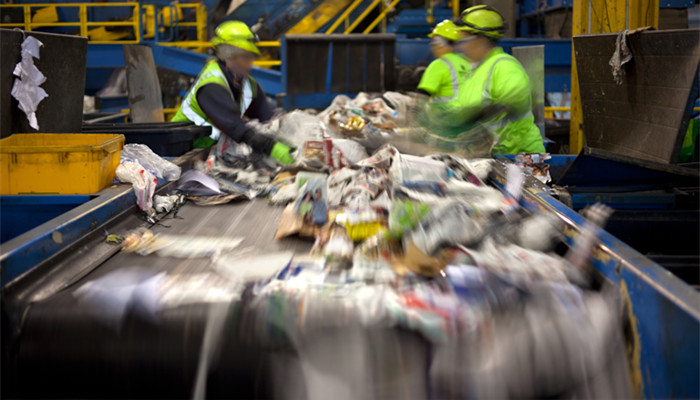
PGA has a wide range of applications and domestic production capacity is rapidly expanding
Polyglycolic acid (PGA) is an aliphatic polyester polymer material with a small number of carbon units, a completely decomposable ester structure, and the fastest degradation rate. Compared with other degradable materials, PGA does not need to be decomposed under special conditions and can be decomposed into carbon dioxide and water in the natural environment. In addition to excellent degradation performance, PGA also has high barrier properties, high heat resistance and high strength, so it has a wide range of applications and has good application prospects in agricultural films, packaging materials and other fields. However, because PGA is more expensive than existing degradable plastics such as PBAT and PLA, the market size is currently small.
In terms of production, PGA is mainly produced by polycondensation of raw materials such as glycolic acid and glycolide under the action of catalysis. Currently, the PGA production technology with the most industrial value is the condensation polymerization of glycolic acid and the ring-opening polymerization of glycolide. In addition, there are haloacetic acid condensation polymerization method, formaldehyde and carbon monoxide polymerization method, glycolide suspension polymerization method, etc.
In terms of application, PGA was mainly used in the medical field at first, mainly as surgical sutures and bone repair products. The domestic market demand relied on imports, and imported products were expensive, limiting the development of the industry. Due to the high cost, although PGA has a wide range of applications, its actual application fields are relatively limited. In addition to the medical field, it is only used in oil extraction.
Among degradable plastics, PLA production technology is relatively difficult, and domestic production capacity is currently insufficient; PBAT has a huge planned production capacity, but it is affected by insufficient supply of upstream raw material BDO; PBS is also limited by the raw materials BDO and succinic acid. PGA can use dimethyl oxalate as raw material for large-scale production. The supply of raw materials is sufficient, which is more conducive to the development of the PGA industry. In the future, as coal-based PGA production technology matures, costs decrease, and PGA application fields continue to expand, it will become a mainstream degradable plastic product.
According to the “Polyglycolic Acid (PGA) Industry In-depth Market Research and Investment Strategy Suggestions Report 2021-2025” released by the Industrial Research Center It shows that in recent years, domestic research on PGA has continued to deepen, and production capacity has continued to rise. In 2020, Yulin Energy and Chemical Company of the National Energy Group plans to build a 50,000-ton/year PGA facility, which is expected to be put into production by 2022; Guizhou Energy and Chemical Plan Construction of 500,000 tons/year PGA equipment; Shanghai Pujing Chemical has already achieved production of 1,500 tons/year PGA equipment; Sinopec Great Wall Energy plans to build a 500,000 tons/year PGA project.
Industry analysts said that PGA was originally developed in the United States. Due to its high cost, it is mainly used in the medical field. However, as PGA production technology improves and costs decrease, its application prospects in the industrial field are good and it will become one of the mainstream degradable plastics. In terms of production, after a long period of research, my country has achieved a breakthrough in PGA technology. Since 2020, my country’s PGA production capacity has grown rapidly, and it is expected that PGA production capacity will exceed one million in 2022.

 微信扫一扫打赏
微信扫一扫打赏

